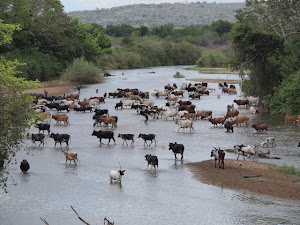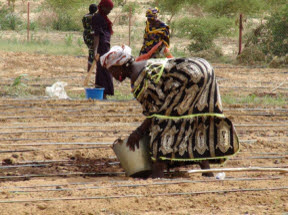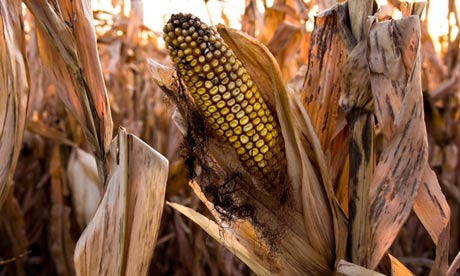After decades of rapidly growing global agricultural output, production of four of the world’s most important crops could be stagnating or even slowing in some regions, according to a new study published in Nature, a top scientific journal.
The study, by the University of Minnesota’s Deepak Ray and four others, examined millions of census reports from the last half century to gather their data.
The authors are careful to point out that crop production is still increasing in parts of the world; it is by no means a categorical decline. The report’s abstract reads summarizes, “Although yields continue to increase in many areas, we find that across 24–39% of maize-, rice-, wheat- and soybean-growing areas, yields either never improve, stagnate or collapse.” That’s about a quarter to a third of global production of four of our most important crops.
This is potentially a very big deal. World populations are still growing. So is the global middle class, members of which tend to consume more meat and dairy per person, which means more crops per person. That’s been happening for a while, and it’s been fine as long as food production has kept pace. But the pace of crop production growth appears to be slowing in some really important regions, particularly in parts of India and China – and, yes, the U.S.
How did this happen? Study co-author Jonathan Foley, talking to Science Daily, suggests one possible explanation. “This finding is particularly troubling because it suggests that we have preferentially focused our crop improvement efforts on feeding animals and cars, as we have largely ignored investments in wheat and rice, crops that feed people and are the basis of food security in much of the world,” he said. Yikes. More















